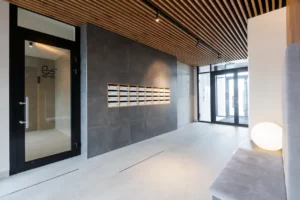The use of private security services has been increasing in recent years. However, one common concern among Residential Property Managers is enhancing security without compromising the property’s aesthetics. Striking this balance between security and convenience is achievable through a well-thought-out approach. In this guide, we discuss implementing residential security solutions seamlessly and elegantly, whether in a high-rise building or a gated community. Designing Security with Aesthetics in Mind

Designing Security with Aesthetics in Mind
When it comes to residential security, aesthetics matter. No one wants their property to feel like a prison. Yet, ensuring that unauthorized individuals don’t trespass is essential. To achieve this balance, start by integrating security into the property’s design. For instance, consider using aesthetically pleasing concrete planters strategically placed to act as bollards, preventing vehicles from crashing into the building.
Illuminating the Path to Security
Proper lighting plays a pivotal role in residential security. Well-lit areas not only deter potential criminals but also foster a sense of community responsibility. Ensure there are no dark, hidden spots where trespassers can go unnoticed. A well-lit environment encourages residents to follow community rules, from cleaning up after their pets to adhering to security guidelines.
Efficient access control is key (no pun intended) to security at a residential building or private community. Design access points for pedestrians and vehicles to bottleneck entry and to bottleneck exit if needed. This can be achieved through the strategic positioning of stanchions and access gates. Clearly defined rules, including visitor identification requirements and resident verification procedures, should be communicated to all community members in advance. Control the flow of visitors and residents for a smooth operation.
Comprehensive Security Protocols
To avoid confusion and ensure a smooth process, security standards, and guard procedures must be crystal clear. Define who is allowed to enter when, and under what circumstances a photo ID is required. For instance, visitors accompanied by residents may have different requirements to enter than a visitor not accompanied by a resident. Clear communication of rules and reminders is essential to ensure compliance without making the environment feel restrictive. Recognize the significance of the written word in establishing a security culture. Implementing visible signage for visitors and creating Standard Operating Procedures (SOPs) for security personnel establishes a strong foundation for property security.
The Role of Professional Security Guards
Trained security personnel are a vital component of a comprehensive security program. Security guards play multiple roles, including patrolling the property, controlling access points, enforcing rules, and reporting issues to management. It’s crucial to have security personnel with strong customer service and communication skills to maintain security while ensuring authorized visitors are not inconvenienced.
Achieving a secure residential environment without sacrificing aesthetics is possible. By integrating security into the property’s design, implementing clear security protocols, and having skilled security personnel, you can strike the perfect balance between safety and a welcoming atmosphere. Residents and visitors alike will appreciate a secure environment that doesn’t feel like a prison.

